
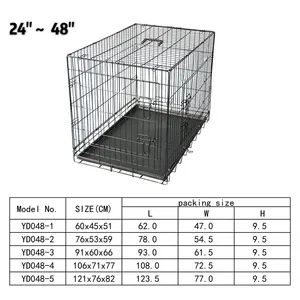
Trang Trí Folding Metal Wire Dog Cages Crate Nhà Sản Xuất Pet Cages, Carrier & Houses Pet Sleeping For Dogs ISO9001


Phòng khám sang trọng thú y nhiệm vụ nặng nề Modular chăn nuôi động vật thép không gỉ bác sĩ thú y Pet Dog lồng cũi lồng với bức tường vững chắc


Chuồng Chó Chạy Xích Mạ Kẽm 3M * 1.8M * 2M/Chuồng Chó Nhà Chơi/Chuồng Thú Cưng Ngoài Trời Có Mái Che













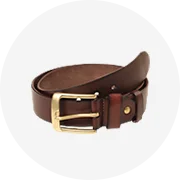





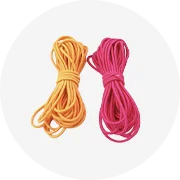




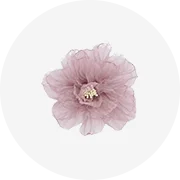
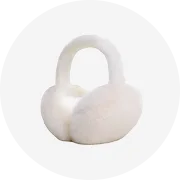


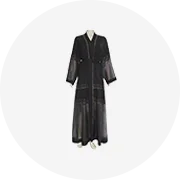








 浙公网安备 33010002000092号
浙公网安备 33010002000092号 浙B2-20120091-4
浙B2-20120091-4